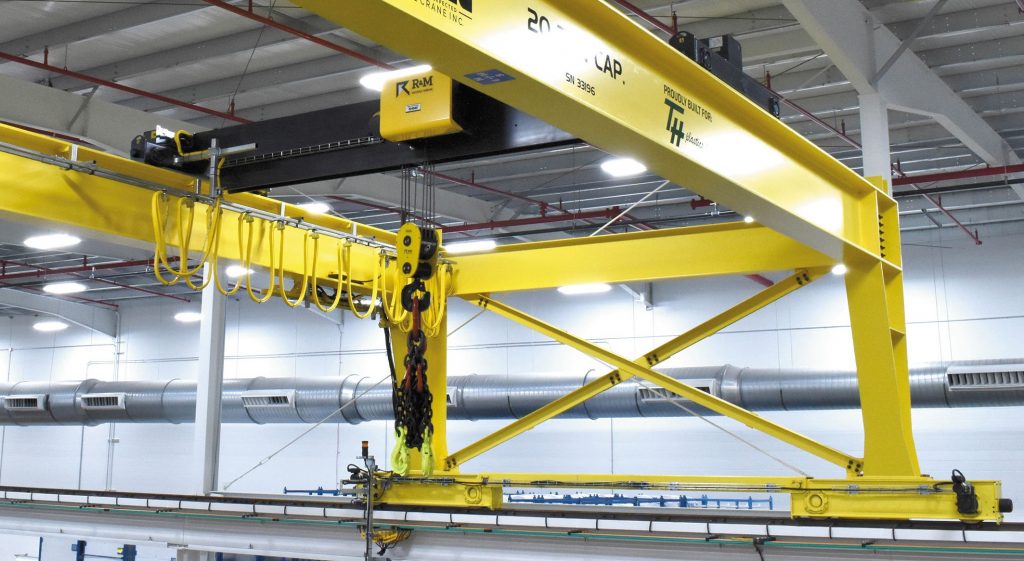
How can companies ensure that an overhead hoist is designed for optimum performance? It starts with determining the right Hoist Duty Service Classification based on the hoist’s ability to operate properly under varying loading conditions and operating cycles, said Bob Burkey, senior engineering advisor at MHI member Columbus Mckinnon Corp. and a member of the Hoist Manufacturers Institute (HMI).
“By analyzing the loads being handled and the operating cycle the hoist will see, a Hoist Duty Service Classification can be established to ensure the hoist being purchased will perform satisfactorily in the specific application,” Burkey said.
Hoist Duty Service Classifications can be found in ASME, CMAA, FEM and ISO standards, which use different nomenclature: FEM: 1Dm, 1Cm, 1Bm, 1Am, 2m, 3m, 4m and 5m; ISO: M1. M2, M3, M4, M5, M6, M7 and M8; ASME: H1, H2, H3, H4 and H5; and CMAA: A, B, C, D, E and F.
“Unfortunately for the hoist user, these duty service classes are not uniform,” Burkey said. “However, HMI has published a comparison of Hoist Duty Service Classifications document that can be used as a reference in comparing these classifications, identifying the appropriate duty service class for your application and then selecting a suitable hoist.”
The HMI document, “Compendium of Basic Information and Standards for Hoists,” details the many different types of material handling hoists, hoist terminology and hoist standards as applicable in the United States, as well as in various countries and regions of the world. Standards may be mandatory by way of national or regional regulation, or voluntary as recommended by an engineering or manufacturers organization.




 MHI Solutions Improving Supply Chain Performance
MHI Solutions Improving Supply Chain Performance